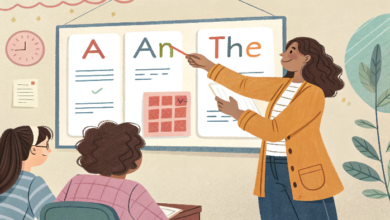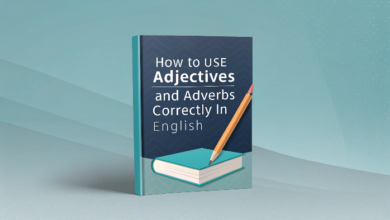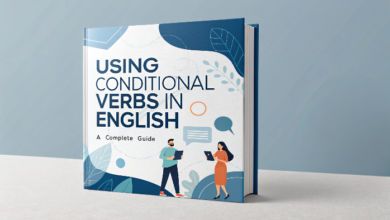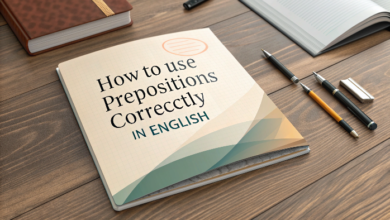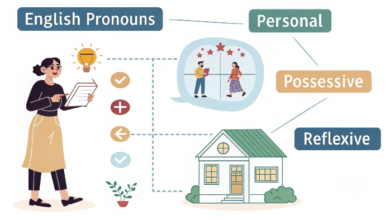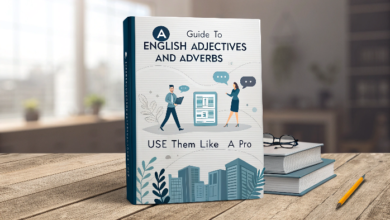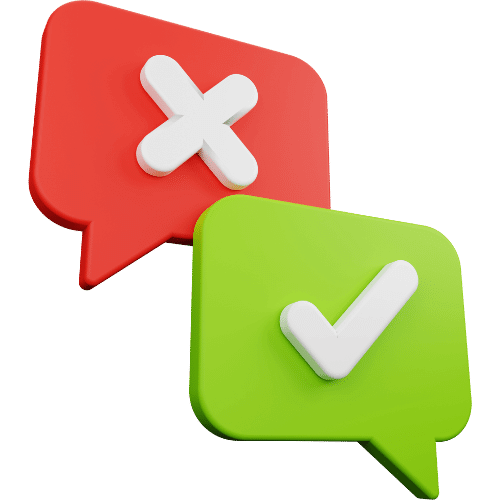How to Use Verbs in English: A Beginner’s Guide
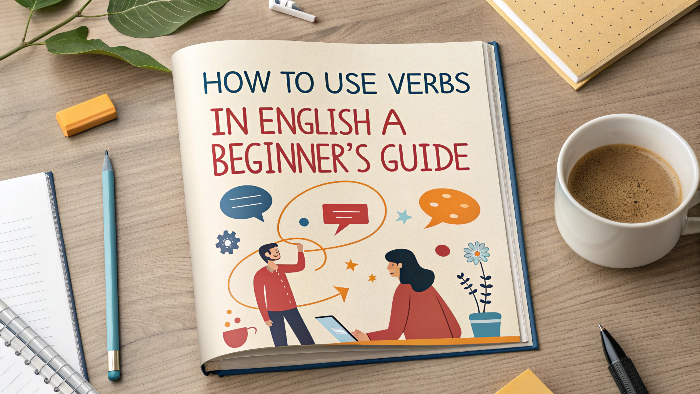
How to Use Verbs in English: A Beginner’s Guide
Learning how to use verbs correctly is one of the most important aspects of mastering the English language. Verbs express actions, states, or occurrences, and they are essential in building meaningful sentences.
Whether you’re a beginner or looking to brush up on your skills, this guide will provide a comprehensive overview of English verbs, including explanations, examples, exercises, and answers to help you along the way.
In this article, you will learn about:
The definition of verbs and their role in English
Regular and irregular verbs
How to use verbs in different tenses
Common verb forms and phrasal verbs
Tips and tricks for mastering English verbs
Let’s dive in!
What Are Verbs in English
Verbs are words that describe actions, events, or states of being. They are a fundamental part of every sentence, whether it’s expressing something you are doing or simply describing a condition.
Types of Verbs:
Action Verbs: These express physical or mental actions.
Example: run, jump, write, think.
State Verbs: These describe a state or condition, not an action.
Example: be, seem, know, belong.
Auxiliary (Helping) Verbs: These verbs help form questions, negatives, and various tenses.
Example: do, have, will, be.
Why Are Verbs Important?
Verbs are the heart of sentences. Without them, sentences would lack meaning. For example:
Action Verb Sentence: She runs every morning.
State Verb Sentence: He feels happy today.
Regular vs. Irregular Verbs
One of the first things you’ll learn about verbs in English is the difference between regular and irregular verbs.
Regular Verbs: Regular verbs follow a simple rule when changing from the present tense to the past tense: they add -ed to the base form.
Examples:
work → worked
play → played
Irregular Verbs: Irregular verbs do not follow a specific pattern and their past forms must be memorized.
Examples:
go → went
eat → ate
take → took
Tip: A great way to learn irregular verbs is to memorize the most common ones and practice them in sentences.
Using Verbs in Different Tenses
In English, verbs change based on the time something happens—whether it’s in the past, present, or future. Let’s look at the most common verb tenses:
Present Simple: Used for general truths, habits, and repeated actions.
Example: She eats breakfast at 8 AM every day.
Past Simple: Used for actions that happened and finished in the past.
Example: He visited the museum yesterday.
Future Simple: Used for actions that will happen in the future.
Example: They will travel to Paris next summer.
Tip: Pay close attention to the auxiliary verb used in different tenses (e.g., do, have, will).
How to Use Verbs in English: A Beginner’s Guide
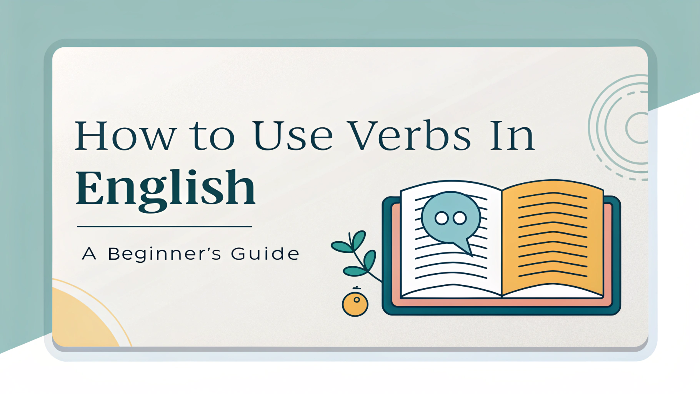
For more, go to the next page


